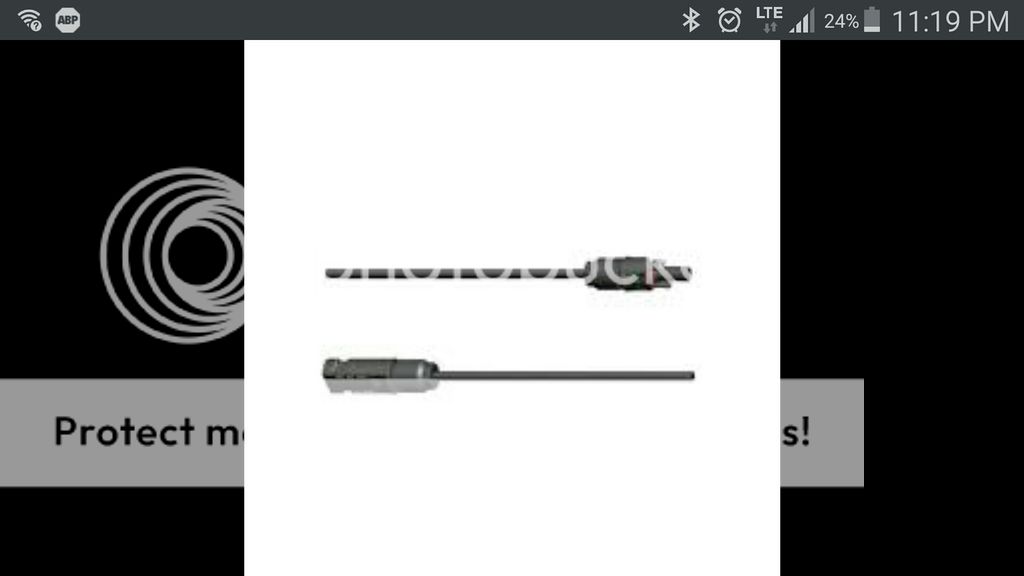One Awesome Inch
Well-known member
- Joined
- Nov 14, 2013
- Messages
- 1,170
- Reaction score
- 0
Thanks Chip!


One Awesome Inch said:I just bought a renogy 100w flexible solar panel. I am unfamiliar with the connections on the panel itself... the connecting cables that feed into the charge controller. Is there a specific name for them? Where do I buy the respective connectors?
They look like this...










Optimistic Paranoid said:And if you are trying to use your alternator as well as the solar, that wire will end up being the third wire on your hot post. It too needs protection with inline fuses, one close to the house battery and one out under the hood where it ties into the charging system.
BigT said:No kidding? Two fuses? I'm glad I read this. I'm about to run a 17' battery cable from my fuse box's main power terminal (I couldn't reach the alternator) to the rear of the van and connect it to the (+) terminal of the battery. I didn't realize I needed to run two fuses.
Any tips on what size wire and fuses to run to a single, Group 27 AGM?
Enter your email address to join: